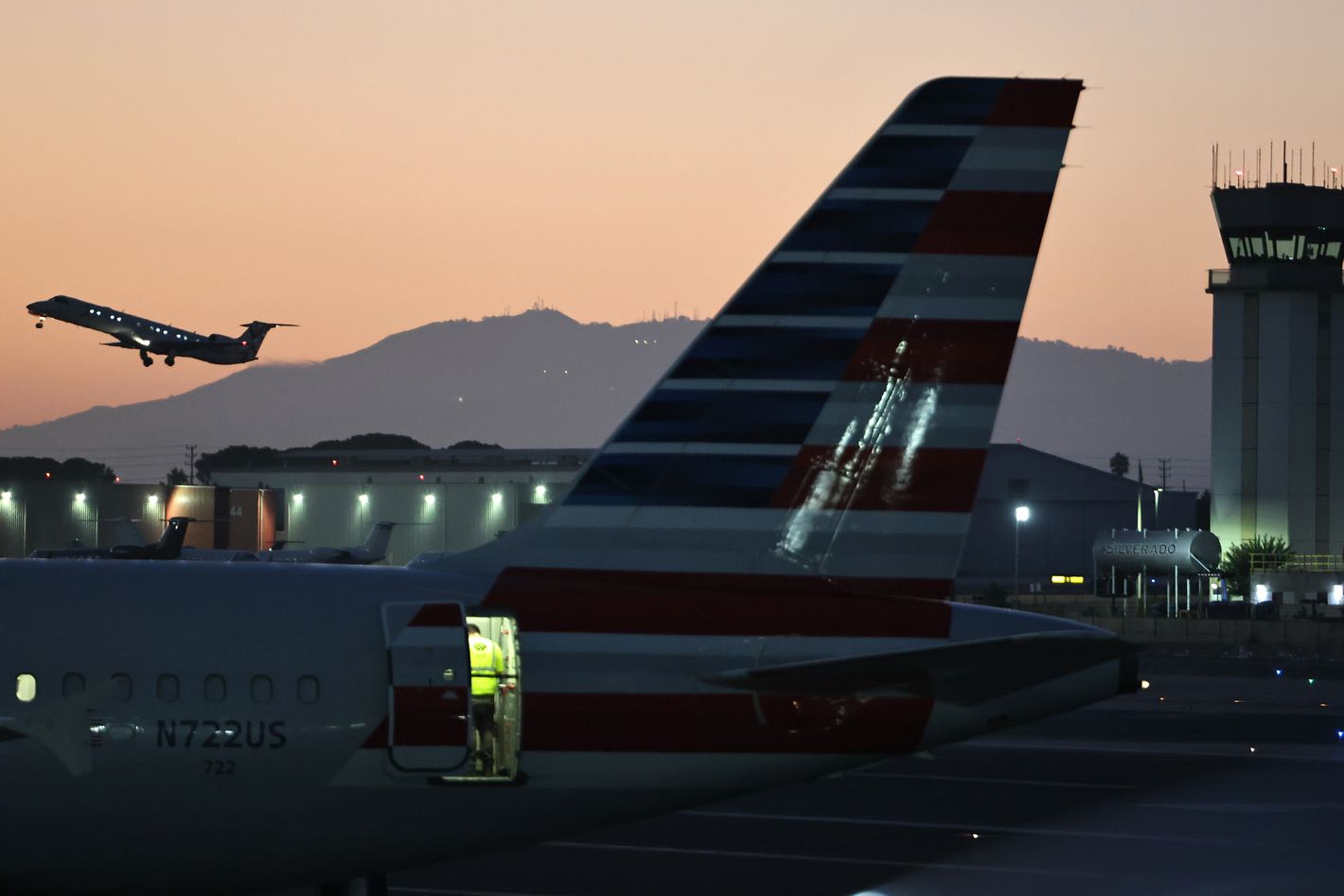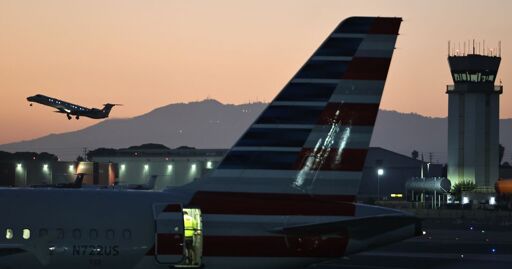
Photo: Mario Tama/Getty Images
Air-traffic controllers make up less than half of one percent of the federal workforce, but when it comes to a government shutdown, they wield disproportionate power. During the prior shutdown, which started in December 2018, the biggest factor in forcing President Donald Trump to back down was their fast-growing resistance. This time, it looks as if they might stare him down again — maybe even faster.
Back then, the country’s longest shutdown was in its fifth week when controllers started to call in sick. They had missed a paycheck, and some were reportedly having to work second jobs. “You start wondering whether you’re going to have enough money to pay all the bills,” says a retired controller who was on duty during that shutdown.
All it took was ten controllers skipping work to cause delays that snarled more than 600 flights. Those ten were a minuscule fraction of the more than 10,000 controllers employed by the Federal Aviation Administration. But with control towers chronically understaffed, it didn’t take many absences for the system to start to seize up, and it was clear that worse lay ahead. Trump capitulated within hours.
This time around, things are unraveling much faster. The shutdown was less than a week old and controllers hadn’t even missed a paycheck when Hollywood Burbank Airport in Los Angeles had to close its tower because it had no controllers on duty from 4:15 p.m. to 10 p.m. The FAA reported that Denver and Newark airports also experienced delays owing to staffing shortages. On Tuesday night, the FAA Air Traffic Control System Command Center listed anticipated flight delays due to staffing problems at Dallas, Houston, Miami, Nashville, Orlando, and Teterboro, New Jersey, airports, with potential delays foreseen at La Guardia, Newark, Philadelphia, Washington Reagan, and San Francisco.
Speaking at a press conference on Monday, Transportation secretary Sean Duffy acknowledged that many controllers had been calling in sick and that some facilities were operating at less than half their normal staffing levels. He sounded sympathetic to the controllers’ plight. “Now, what they think about as they’re controlling our airspace is ‘How am I going to pay my mortgage?’” Duffy said. “’How do I make my car payment? I have a couple kids at home. How do I put food on the table? I’m working six days a week. Do I have to take a second job and drive Uber when I’m already exhausted from doing a job that’s already stressful to think about how I can make extra money because the government may not provide me a paycheck?’”
Although the absences may sound intentional, the National Air Traffic Controllers Association insists no organized industrial action is underway. On its website, a statement framed in bright red strenuously distances the group from the merest hint of a strike: “NATCA does not endorse, support, or condone any federal employees participating in or endorsing a coordinated activity that negatively affects” the capacity of the air-travel system.
All the same, the circumstances of this shutdown highlight a huge gap between the official and the actual power controllers wield. On paper, they’re forbidden under the law from engaging in a labor action, as they were even before Ronald Reagan’s decision to fire all of them because of their 1981 strike. But in reality, each individual controller can call in sick whenever they want. Meaning that, as a practical matter, controllers have the government by the short hairs.
“This is a bargaining chip,” says the retired controller, who asked not to be identified. “The union is in a good position to negotiate.”
And there’s every reason controllers should want to wield that power. The FAA has been underfunded for years. Important infrastructure projects that could increase the safety and efficiency of the air-transportation network have fallen by the wayside time and again because of annual budget fights and constant changes in leadership. “The FAA has had six or seven administrators in the last five years. That’s not how you create certainty and stability,” says Sharon B. DeVivo, president of Vaughn College of Aeronautics and Technology.
That chronic instability has fed into the FAA’s ongoing struggles to hire and retain controllers. Last year, a study commissioned by Congress found that control towers across the country remain critically understaffed. “It’s become clear that the U.S. needs to make a few important course corrections,” wrote William J. Strickland, the chairman of the committee that prepared the report. The best solution for the country in the long term would be for the FAA to operate from a trust fund that would relieve it from political pressures and the yearly funding battle. “It should be outside the budgeting process because it’s essential to commerce,” says the retired controller.
Even if controllers don’t use their power to extract much-needed reforms, or even merely to demand better pay and working conditions for themselves and their colleagues, there’s a very simple reason they should want to flex their power and bring the government to heel. The inevitable path of shutdowns is to keep piling pain upon pain until the pressure is so great that one side is forced into submission. The longer the process lasts, the more it hurts, with no one benefiting from a protracted process. So the faster controllers make the whole process completely unbearable, the better off everyone will be.
From Intelligencer - Daily News, Politics, Business, and Tech via this RSS feed

